Apple : FROSTBITE Large Semi-Dwarf (B118) (Orchard Grade)
$37.95
An 'orchard grade' is a tree that may be somewhat shorter, slightly crooked, or a bit scratched, or for some other reason is not a perfect front lawn specimen. These trees will work just as well in an orchard as a first or number one would, since they still produce the very same fruit.
Long known as 'MN447', it was used at University of Minnesota to develop new varieties (it is a parent to 'Sweet Sixteen' and a grandparent to 'Honeycrisp') but finally named 'Frostbite' and released in 2008. Not for those who prefer a bland apple- the intense sweetness of it's apricot-orange flesh has been described as tasting like molasses or even sugarcane! Aromatic and extra juicy, barely medium-sized fruit is dark red with a blueish-purple tint. An unforgettable apple for fresh eating, cooking, or cider. Extremely hardy, productive and reliable, it is great for northern regions and stores for 3-4 months.
NEEDS A POLLENIZER | ZONE 3 | HARVEST: EARLY OCT
Only logged in customers who have purchased this product may leave a review.
Growing Tips
Besides selecting the most disease resistant varieties, there are
a few simple things to do to have better apples.
- Fertilize under the outer edges of your trees. There are no feeder roots next to the trunk. A well fed tree stays healthier. (Adequate calcium in the soil also helps so that apples keep longer.)
- Pick up fallen fruit and compost, dispose of, or feed to livestock (where possible).
- Rake up leaves in the fall and compost them away from the orchard.
- Prune trees to encourage light and air to reach the inside of the tree.
- Provide bird nesting sites near your orchard. A variety of orchard companion type plants will attract native pollinator insects and also encourage birds to come and eat insect pests.
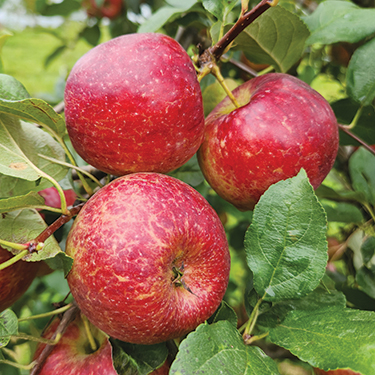
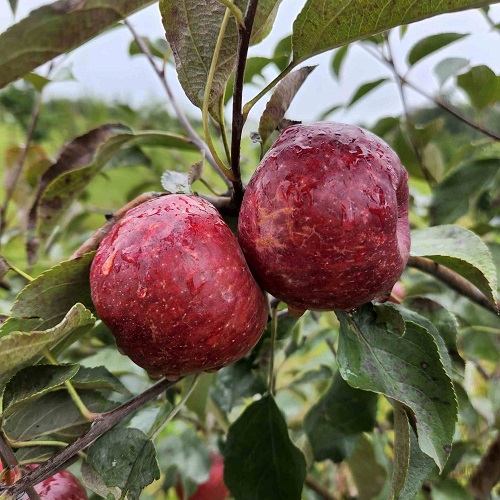
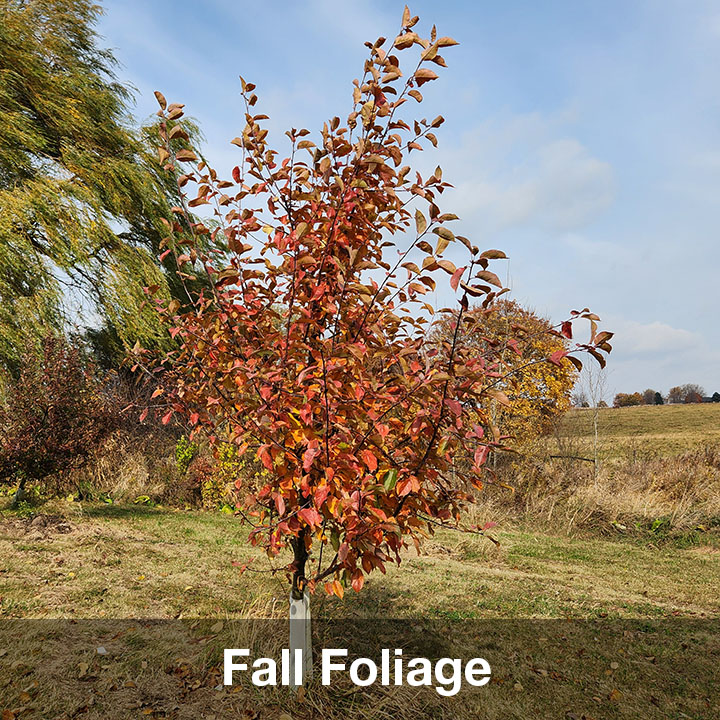
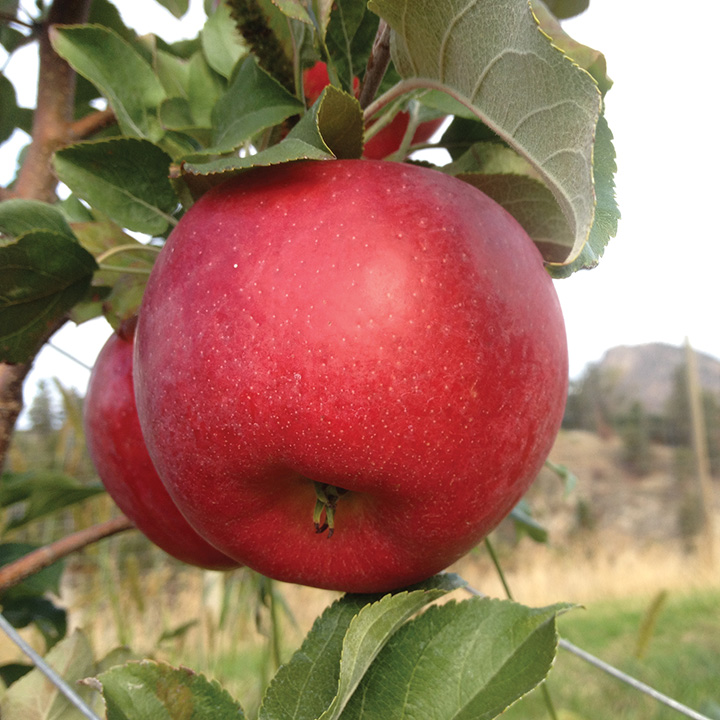
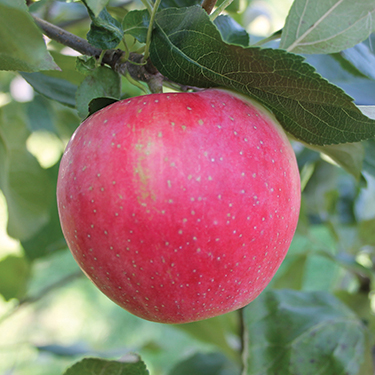

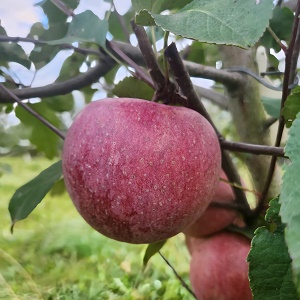
Reviews
There are no reviews yet.